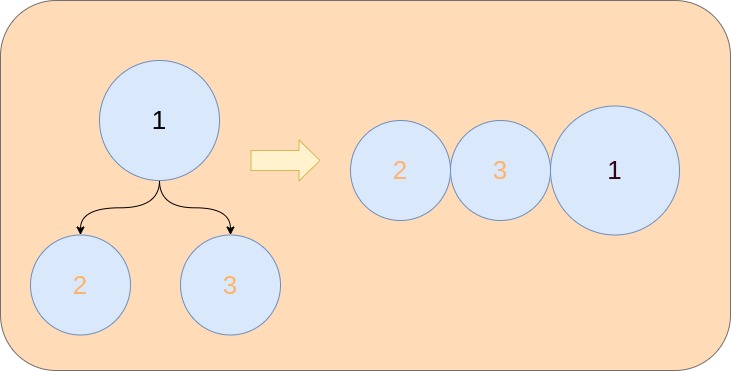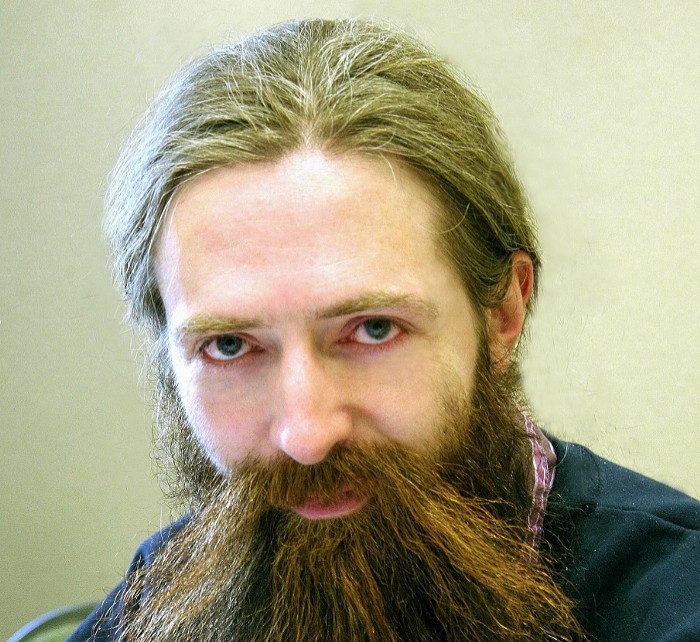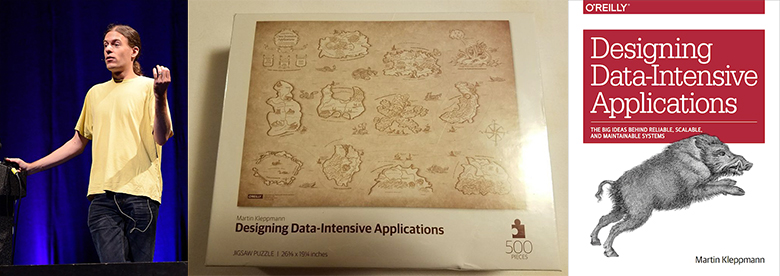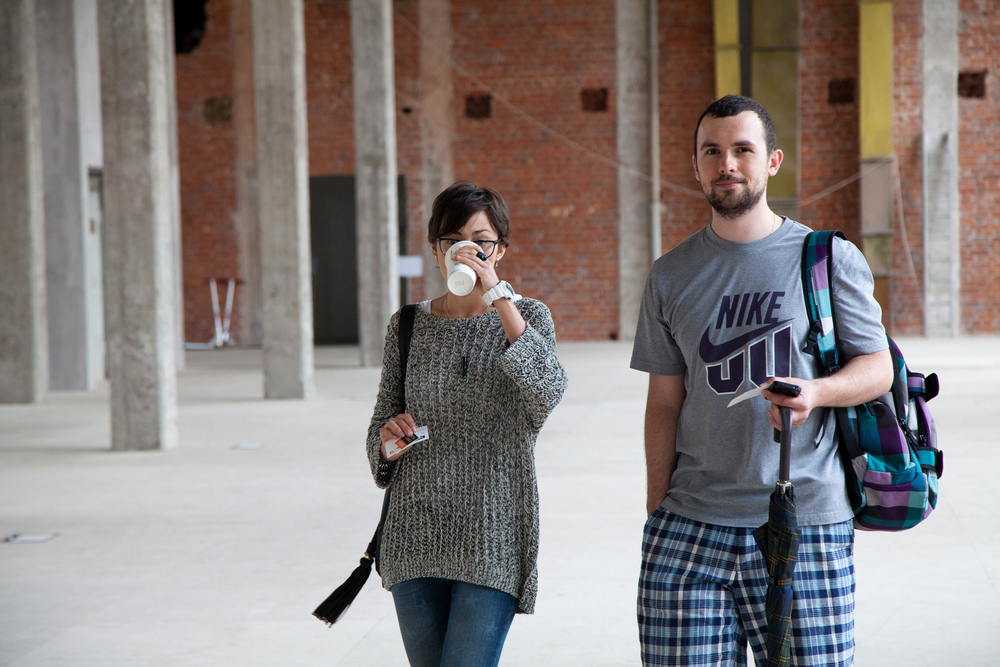How I Replaced Gaming with Coding and Became a Web Developer

Today, I would like to share my personal story. I hope it helps you get to know me better and maybe benefits your own journey.

Interviews with representatives of the IT industry

Today, I would like to share my personal story. I hope it helps you get to know me better and maybe benefits your own journey.

They might sound complicated, but they are actually a fundamental part of the language. In this article, we’ll explore closures in a straightforward and practical way. Let’s clear up common misunderstandings. Walk through real-world examples. Nail those tricky interview questions about closures. By the end, you’ll see closures not as a hurdle, but as a valuable part of your JavaScript toolkit.

What is ageing? We can define ageing as a process of accumulation of the damage which is just a side-effect of normal metabolism. While researchers still poorly understand how metabolic processes cause damage accumulation, and how accumulated damage causes pathology, the damage itself – the structural difference between old tissue and young tissue – is categorized and understood pretty well. By repairing damage and restoring the previous undamaged – young – state of an organism, we can really rejuvenate it! It sounds very promising, and so it is. And for some types of damage (for example, for senescent cells) it is already proved to work!
Today in our virtual studio, somewhere between cold, rainy Saint-Petersburg and warm, sunny Huston, we meet Stephanie Planque! For those of you who are not familiar with her, here is a brief introduction.
Stephanie Planque was awarded the PhD in 2009 by the University of Texas-Houston Medical School for her advances in applying electrophilic analogs of proteins to decipher the beneficial and harmful functional effects of catabodies. She then expanded her focus to vaccination and therapeutic catabody identification using proprietary electrophilic target analogs. Her work was published in 49 peer-reviewed scientific articles, she has numerous national/international conference presentations. She moved fulltime as a co-founder to Covalent Bioscience in 2018 to focus on rapidly translating their electrophilic vaccine/catabody technologies to clinical reality.

Brainstorming is a popular working method which is commonly used by UX design teams. It involves a group of designers meeting (whether offline or via video call) and generating as many ideas as possible to find the best solution to a specific problem or come up with creative design ideas. Brainstorming sessions are usually held at the start of a UX project so that designers could use the ideas they think are the best later in the process of product creation. These sessions can vary in duration and form depending on which problems need to be solved, how many people participate and how many ideas need to be generated.
This article is a part of Algorithms in Go series where we discuss common algorithmic problems and their solution patterns.
In this edition, we take a closer look at bit manipulations. Bit operations can be extremely powerful and useful in an entire class of algorithmic problems, including problems that at first glance does not have to do anything with bits.
Let's consider the following problem: six friends meet in the bar and decide who pays for the next round. They would like to select a random person among them for that. How can they do a random selection using only a single coin?

The solution to this problem is not particularly obvious (for me:), so let's simplify a problem for a moment to develop our understanding. How would we do the selection if there were only three friends? In other words, how would we "mimic" a three-sided coin with a two-sided coin?
Most solutions to algorithmic problems can be grouped into a rather small number of patterns. When we start to solve some problem, we need to think about how we would classify them. For example, can we apply fast and slow аlgorithmic pattern or do we need to use cyclic sortpattern? Some of the problems have several solutions based on different patterns. In this series, we discuss the most popular algorithmic patterns that cover more than 90% of the usual problems.
It is different from High-School Algorithms 101 Course, as it is not intended to cover things like Karatsuba algorithm (fast multiplication algorithm) or prove different methods of sorting. Instead, Algorithmic Patterns focused on practical skills needed for the solution of common problems. For example, when we set up a Prometheus alert for high request latency we are dealing with Sliding Window Pattern. Or let say, we organize a team event and need to find an available time slot for every participant. At the first glance, it is not obvious that in this case, we are actually solving an algorithmic problem. Actually, during our day we usually solve a bunch of algorithmic problems without realizing that we dealing with algorithms.
The knowledge about Algorithmic Patterns helps one to classify a problem and then apply the appropriate method.
But probably most importantly learning algorithmic patterns boost general programming skills. It is especially helpful when you are debugging some production code, as it trains you to understand the execution flow.
Patterns covered so far:
Stay tuned :)
<Promo> If you interested to work as a backend engineer, there is an open position in my squad. Prior knowledge of Golang is not required. I am NOT an HR and DO NOT represent the company in any capacity. However, I can share my personal experience as a backend engineer working in the company. </Promo>

In this article, we discuss the postorder traversal of a binary tree. What does postorder traversal mean? It means that at first, we process the left subtree of the node, then the right subtree of the node, and only after that we process the node itself.
Why would we need to do it in this order? This approach solves an entire class of algorithmic problems related to the binary trees. For example, to find the longest path between two nodes we need to traverse the tree in a postorder manner. In general, postorder traversal is needed when we cannot process the node without processing its children first. In this manner, for example, we can calculate the height of the tree. To know the height of a node, we need to calculate the height of its children and increment it by one.
Let's start with a recursive approach. We need to process the left child, then the right child and finally we can process the node itself. For simplicity, let's just save the values into slice out.




 Google loves easter eggs. It loves them so much, in fact, that you could find them in virtually every product of theirs. The tradition of Android easter eggs began in the very earliest versions of the OS (I think everyone there knows what happens when you go into the general settings and tap the version number a few times).
Google loves easter eggs. It loves them so much, in fact, that you could find them in virtually every product of theirs. The tradition of Android easter eggs began in the very earliest versions of the OS (I think everyone there knows what happens when you go into the general settings and tap the version number a few times).



